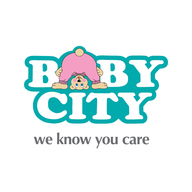
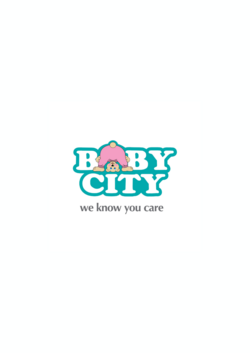


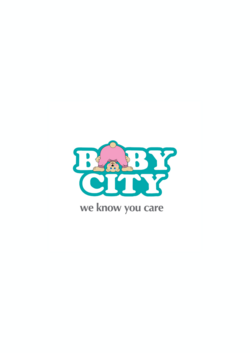


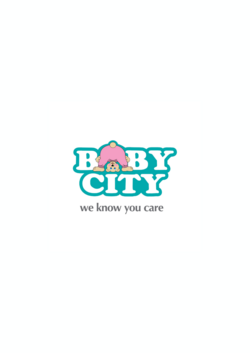

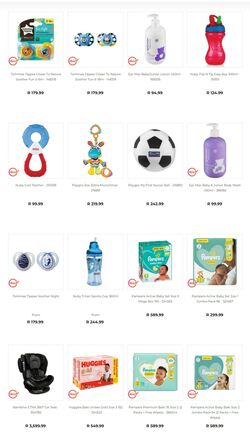


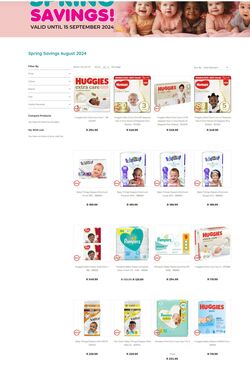
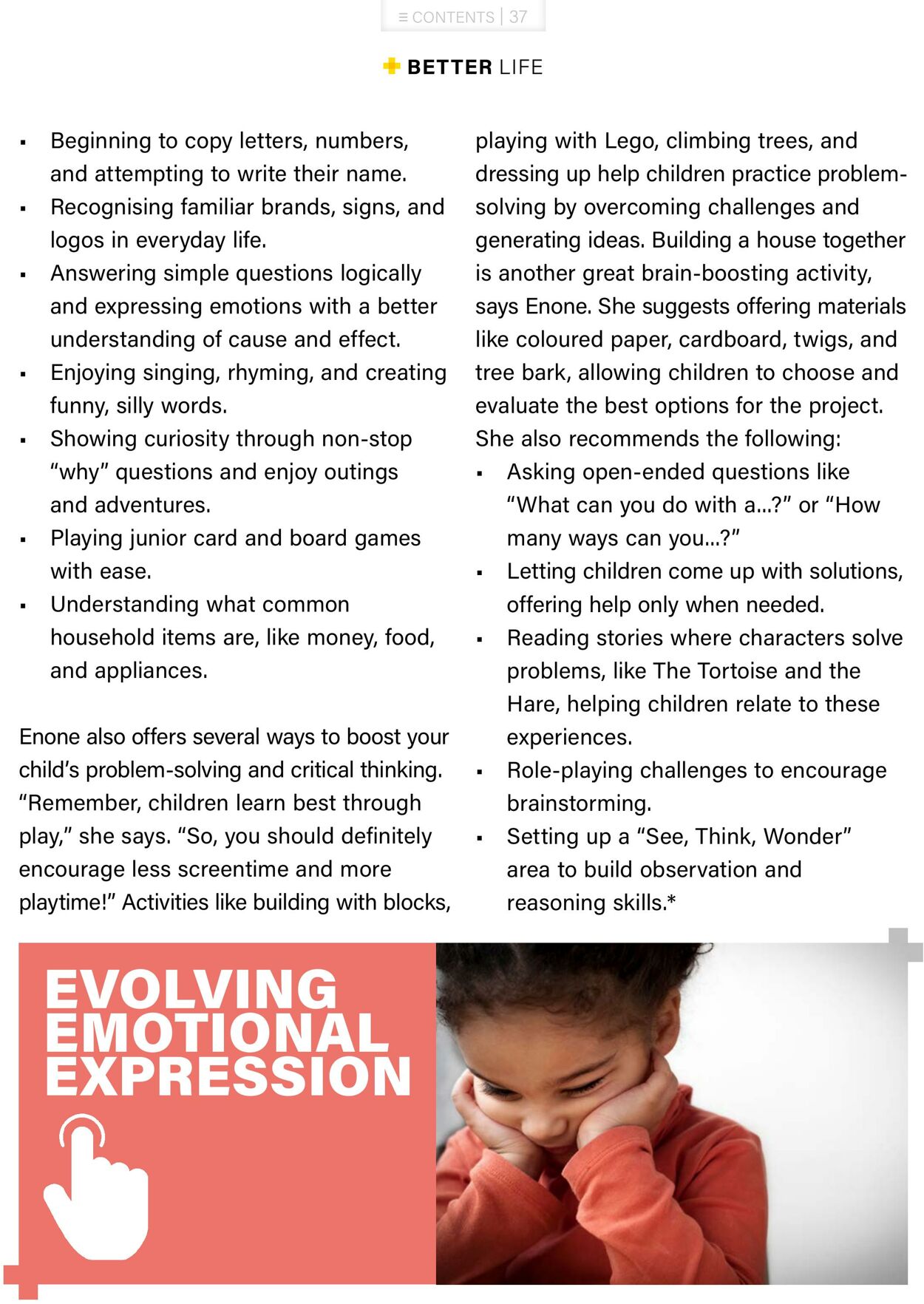
Products in this catalogue
“© BETTER LIFE « Beginning to copy letters, numbers, and attempting to write their name. Recognising familiar brands, signs, and logos in everyday life. « Answering simple questions logically and expressing emotions with a better understanding of cause and effect. Enjoying singing, rhyming, and creating funny, silly words. « Showing curiosity through non-stop “why" questions and enjoy outings and adventures. Playing junior card and board games with ease. » Understanding what common household items are, like money, food, and appliances. Enone also offers several ways to boost your child’s problem-solving and critical thinking. “Remember, children learn best through play,” she says. “So, you should definitely encourage less screentime and more playtime!” Activities like building with blocks, EVOLVING EMOTIONAL EXPRESSION @ playing with Lego, climbing trees, and dressing up help children practice problem- solving by overcoming challenges and generating ideas. Building a house together is another great brain-boosting activity, says Enone. She suggests offering materials like coloured paper, cardboard, twigs, and tree bark, allowing children to choose and evaluate the best options for the project. She also recommends the following: » Asking open-ended questions like “What can you do with a...2” or “How many ways can you...?” Letting children come up with solutions, offering help only when needed. Reading stories where characters solve problems, like The Tortoise and the Hare, helping children relate to these experiences. Role-playing challenges to encourage brainstorming. Setting up a “See, Think, Wonder” area to build observation and reasoning skills.*
| Name | Details |
|---|